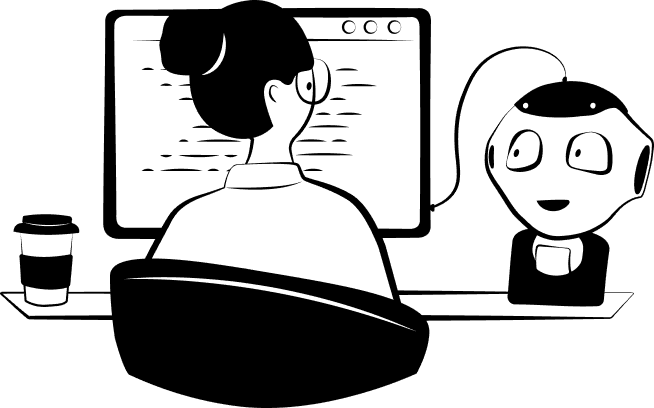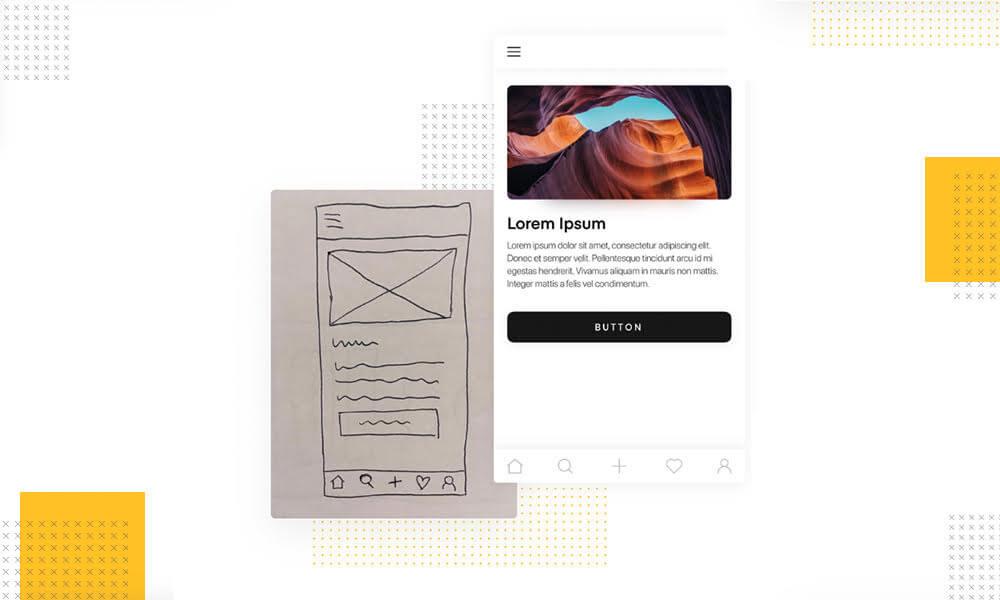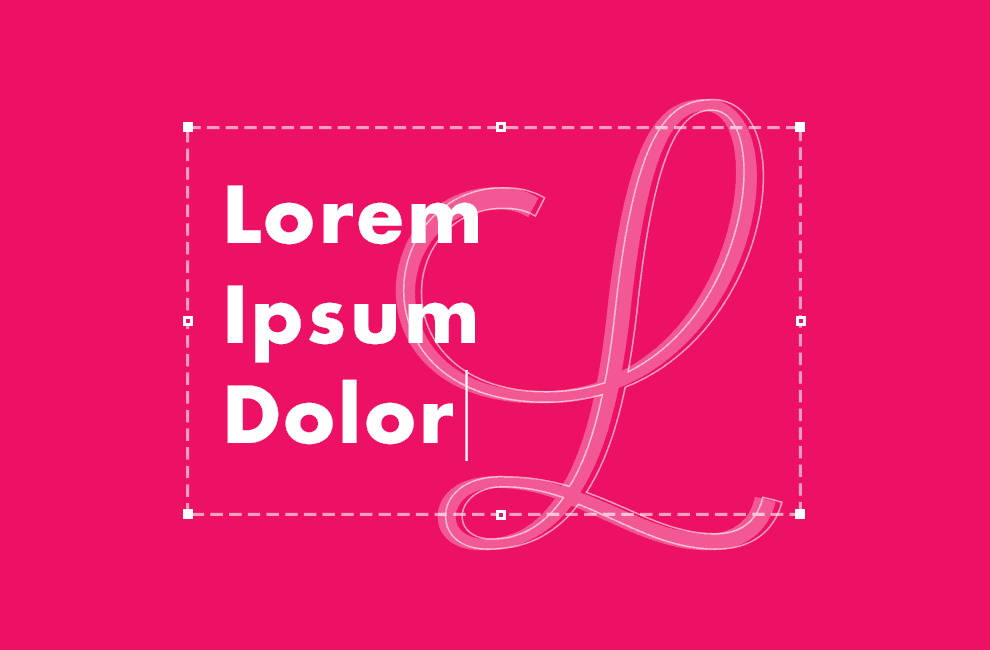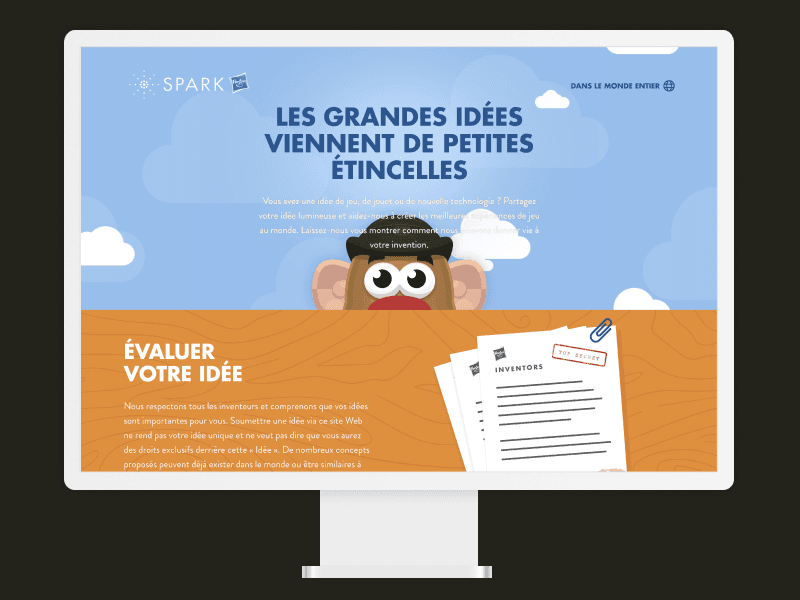Design & UX
How AI is transforming UX Design roles
It's limitations are only by imagination

Over the last few years artificial intelligence (AI) has graduated from being on the periphery of commercial activity to becoming the foundation of business strategies across every industry imaginable. From healthcare and retail to energy and manufacturing, AI has most certainly broken into the mainstream.
What are AI's limitation?
The possibilities of AI are limited only by imagination, although regardless of how it is applied, in almost every case it is used to automate processes, improve efficiency and reduce costs. This has left many people wondering how it will affect them and has triggered concern over job security.
With no industry left untapped it’s not only administrative, process-based and repetitive roles that are being transformed by artificial intelligence. So, at Si digital we ask, how will it affect UX design?
UX Designers won’t be replaced by robots
Despite uncertainty of what the future holds, there’s one thing we know for sure; we’re not giving Tom, Oliver or any of our Digital Chemists the elbow in favour of Sid the office robot any time soon, or ever! (Although, we’re still very fond of Sid).
The role of a UX Designer will not become obsolete at the hands of advanced technology. AI presents immense opportunity, not a threat. However, it could be argued that artificial intelligence will replace the designers of today and change the role as we know it. If that’s the case, what will the designers of tomorrow look like?
How the role of UX designers has and will change
Before the role of user experience design first came about in the early 90s, designers had specialized and clearly defined roles such as Graphic Designer, Web Designer and Industrial Designer. Since then, the lines have blurred and we now have multi-skilled designers with a breadth of experience in product strategy, UX and UI; designing with interaction, experience and the end user in mind.
In the not too distant future, it is predicted that UX Designers will become ‘Systems Designers’ or ‘Behaviour Designers’ and will feed information, data and instructions to AI algorithms through a set of parameters, constraints and goals to determine the behaviour of automated systems.
Will AI really change the role of UX designers that much? Are we at risk of losing raw skill and talent to technology and automation?
How artificial intelligence will assist UX designers
A study by Pfeiffer revealed that 62% of design professionals believe artificial intelligence and machine learning will be very important to their creative roles. What’s more, 76% of survey respondents agree that their creative possibilities have increased over the past few years.
In many ways, AI and user experience design go hand in hand. For example, artificial intelligence is dependent on continuous learning by leveraging data, the same can be said for UX design; it’s a continual process of testing and optimizing based on user feedback.
When applied to UX design, AI can implement the optimisation process. The technology is capable of collecting and analyzing large amounts of data very quickly, far quicker than a human. It can use that information to run A/B tests automatically, understand the results of the test and update the product or design accordingly. It can then restart the process by testing other elements of the design.
It may sound like artificial intelligence is doing all the work; however, it still requires input from the designer. AI systems and designers will essentially work side by side. Designers will be the decision-makers and will feed information, rules and conditions to the algorithms that will then conduct the tasks.
With this example in mind, there are several ways that AI can enhance designers’ capabilities including:
- Reduce manual labour by removing repetitive and mundane tasks, thus increasing productivity
- Empower designers to make better informed design choices based on numerous data points
- Enhance capabilities of data analysis and optimization
- Make design systems more robust
And for their clients and the end users:
- Facilitate a more personalized user experience
- Increase conversion rates due to hyper-personalisation and relevance to individual users
So, what does this look like in practice?
Lets grab a coffee
If you’re interested to learn more about how we work, or about the services we provide, we would love a chat!
AI tools that assist UX designers
You may already be using artificial intelligence for your design work without realizing. For example, if you use Adobe products, you’re likely to have used Adobe Sensei – a layer of intelligence that powers features using AI and machine learning to enhance the customer experience.
Some of Adobe’s AI-powered features include:
- Deep learning to help you find the most suitable assets for your project more quickly
- Machine learning to help you understand how customers behave and anticipate what they need
Uizard is another example of a tool that uses AI to accelerate the design process. It automatically converts hand-drawn wireframes into digital designs, Sketch files and front-end code, saving UX Designers bundles of time.

Figma has recently launched more than 40 plugins, some of which use machine learning to automate repetitive tasks. For example, Similayer allows you to select multiple layers at once that share the same properties or components. This enables designers to change text, colours and other design elements more efficiently.
However, the use of AI to accelerate or automate UX design does not always have the desired outcome. Take The Grid for example; a web design company that attempted to use artificial intelligence and a bot called Molly to ‘make websites build themselves’. After years in the making and millions of dollars’ worth of investment, The Grid failed to deliver on its promise. Here’s why…
To enable The Grid, or Molly, to build a website, users were asked to choose a colour palette, a font, and a layout style. They would then add some content and, with these very limited design preferences, The Grid would build a website.
However, if users are unhappy with the outcome there is nothing they can do to change Molly’s artificial mind and they’re unable to edit the design themselves. The designs were unimaginative and all very similar. Ultimately, the lack of choice and control left users unimpressed.
The verdict
Given the examples of how artificial intelligence is used in design, it is clear to see that it will assist designers and not take their jobs, contrary to the inevitable scaremongering.
Business has and will continue to evolve as a result of innovative and advanced technologies and we have to adapt with the world around us to remain competitive.
Society is already incredibly reliant on technology and it seems that reliance is only going to accelerate. So, who is the robot really? We may believe we’re in control of AI, however, is it our puppet strings that are being pulled by technology?



